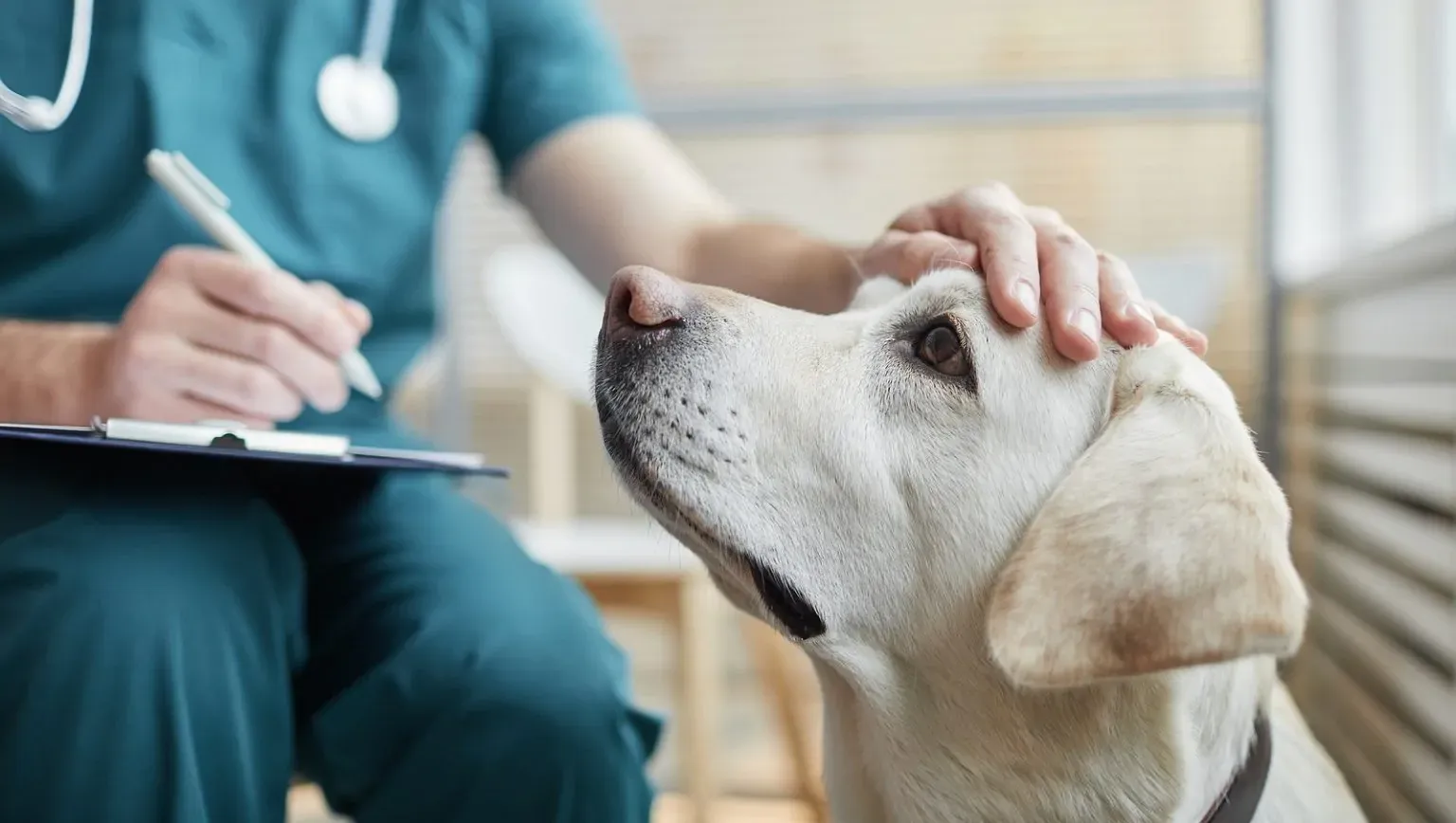Analyzing the Soaring Cost of Pet Insurance: 2020-2022
The cost of pet insurance's increasingly becoming a concern for dog owners, last year saw a record surge in pet insurance payouts as veterinary costs escalated.

In recent years, the cost of pet insurance has become an area of concern for pet owners, and 2022 was no exception. Last year saw a record surge in pet insurance payouts as veterinary costs escalated, and insurers doled out over $1.37 billion, a historically unprecedented amount.
The surge in claims, a 28% increase from the previous year, provides insights into the financial struggles of pet owners. Dogs are overrepresented in insurance claims, and given the expensive nature of certain treatments, owning a dog is becoming increasingly costly. Cases requiring complex treatments like spinal surgeries or fractured femur repairs can run up to $13,700 and $10,900 respectively. These soaring costs not only emphasize the necessity of pet insurance but also shine a light on the financial burden that comes with responsible dog ownership.
The 17% year-on-year increase in insurance payouts, amounting to an average of $3.8 million in claims paid per day, reflects the escalating veterinary costs in the country. The rise in the price of diagnostic equipment, prescription drugs, and other elements of veterinary care are exacerbating the situation, leaving dog owners struggling with insurance claims and hefty vet bills.
The pandemic's influence on the pet industry is also apparent. Lockdowns have sparked an increase in pet ownership, and with this boom came an increase in insurance claims. This surge, coupled with the existing economic challenges faced by many households, illustrates the mounting financial pressures on pet owners.
On a more specific note, the spike in claims from dog owners, which rose by over a third from 2021, underscore the increased demand and utilization of pet insurance. But with a whopping 25% increase in payouts, amounting to $1.09 billion, dog owners are the ones who ultimately pay for these escalating costs. Cat owners aren't being spared either though, with claims rising by a fifth and payouts increasing by 22% to approximately $251 million.
As the treatment for common conditions like arthritis and diabetes in pets could cost thousands of dollars, it's clear that pet insurance has moved from being a luxury to a necessity for many. With pet insurance premiums averaging $447 in 2022, only a marginal 1% increase from 2021, it seems pet owners are recognizing the value of insuring their pets against unexpected health issues.
The Role Of Venture Capitalists In Vetinary Care
Another factor influencing the rise in pet insurance and vet bills is the increasing consolidation of the veterinary industry by venture capitalist (VC) groups. Over the last few years, a growing number of veterinary practices have been acquired by VC-backed corporations. This trend towards corporatization has led to changes in how veterinary services are provided, which is almost certainly contributing to the surge in vet bills.
As venture capitalist groups consolidate the industry, you can see a shift from independent, often locally-focused clinics, to a more business-oriented model. These VC-backed corporations aim to maximize profitability, which inevitably leads to increased costs for services. A corporate clinic is also more likely to recommend additional tests or procedures compared to an independent veterinarian.
I think you are lucky if you happen to live by a small independent vetinary these days, they are becoming increasingly rare. If you have a localy independently owned vet near you, please support it if you can, they are stuggling to compete against their well funded VC backed competitors.
In a corporate structure, veterinarians may face increased pressure to see more patients or sell more products to drive revenue, and this business-driven approach may inadvertently lead to less personalized care and potentially unnecessary procedures or treatments. These changes in practice dynamics, coupled with rising prices, can contribute to the mounting vet bills faced by pet owners and subsequently, higher pet insurance costs.
While consolidation can bring benefits, more resources and advanced technology for example, it's crucial to consider its role in the increasing costs of veterinary care and pet insurance. As the industry continues to evolve, pet owners, insurers, and veterinary professionals must navigate this changing landscape to ensure pets receive the necessary care without causing undue financial burden to their owners.
The surge in pet insurance costs in 2022 paints a bleak picture of the increased financial burden that dog ownership can now involve. Among dog owners there is a clear demand for affordable, comprehensive pet insurance, and a general desire for some sort of action to control escalating veterinary costs. I personally agree with the sentiment, but I am not sure how you could begin to control some of the drivers behind these surging costs. Good luck persuading VCs not to buy small independent vets with profit in mind, and I cannot blame independent veterinarians for choosing to exit an increasingly corporate industry via a potentially lucrative acquisition to fund their retirement.
I am not sure that there are any easy answers to this problem beyond ensuring that your pet remains healthy to the best of your ability. Inevitably you will have to visit the vet at some point, even if it's just for their rabies shot. In worst case scenarios where your dog has an accident, it is always better to have insurance than not because these days the cost of an operation can be eye wateringly high. I hate to think of the difficult decisions that some dog owners are forced to make because of the prohibitive cost of insurance, or medical treatment.
Stay safe with your dog out there, and let me know below in the comments if you have any thoughts about this issue. I would love to hear your thoughts.


